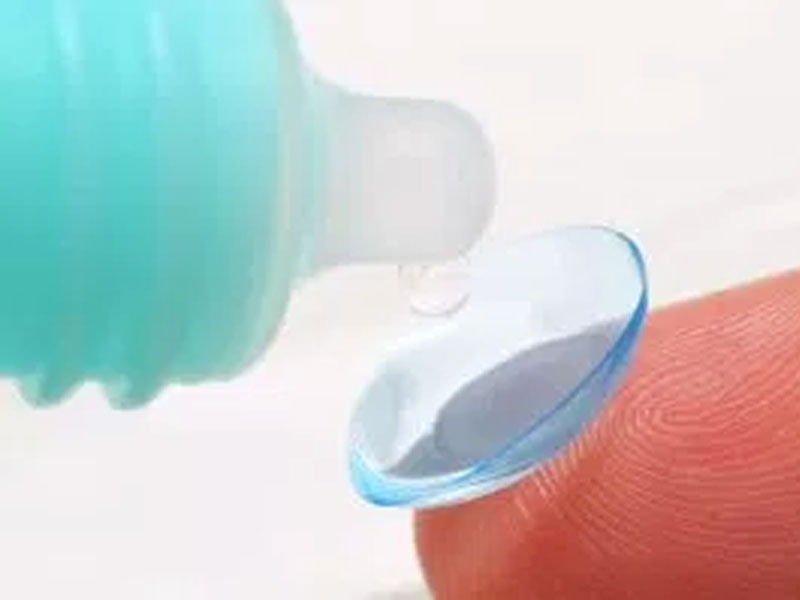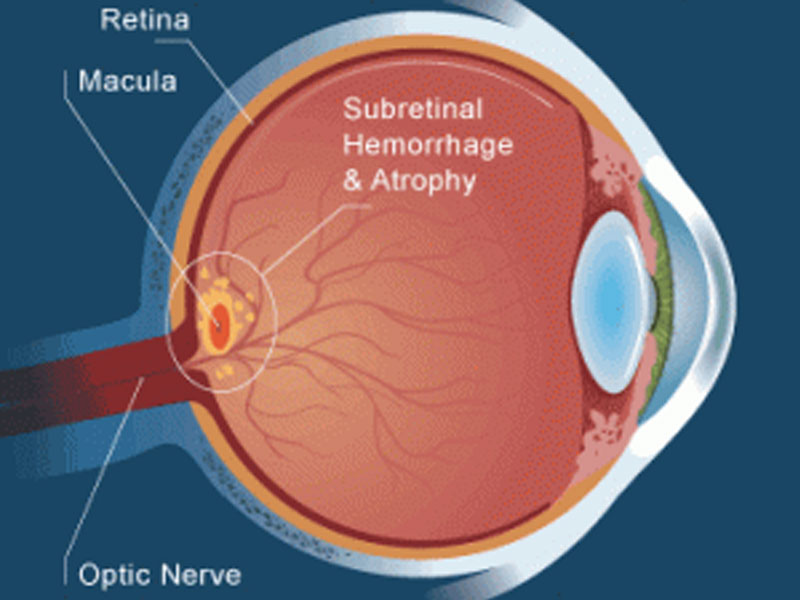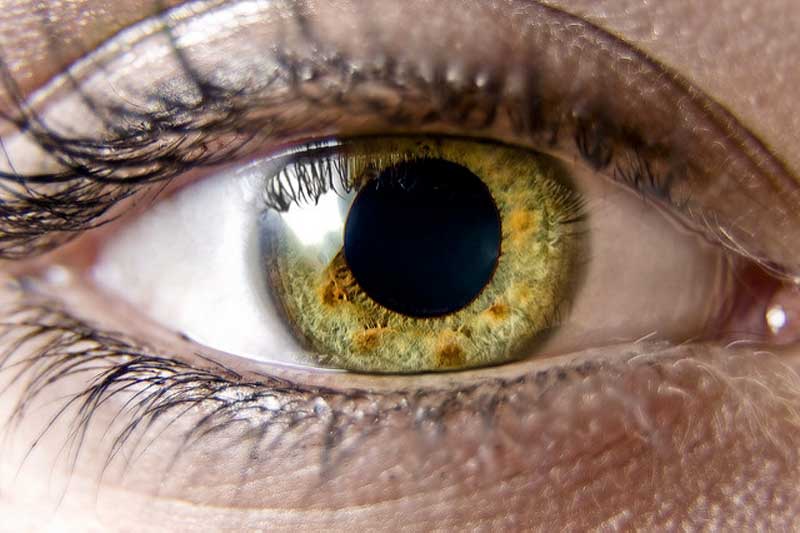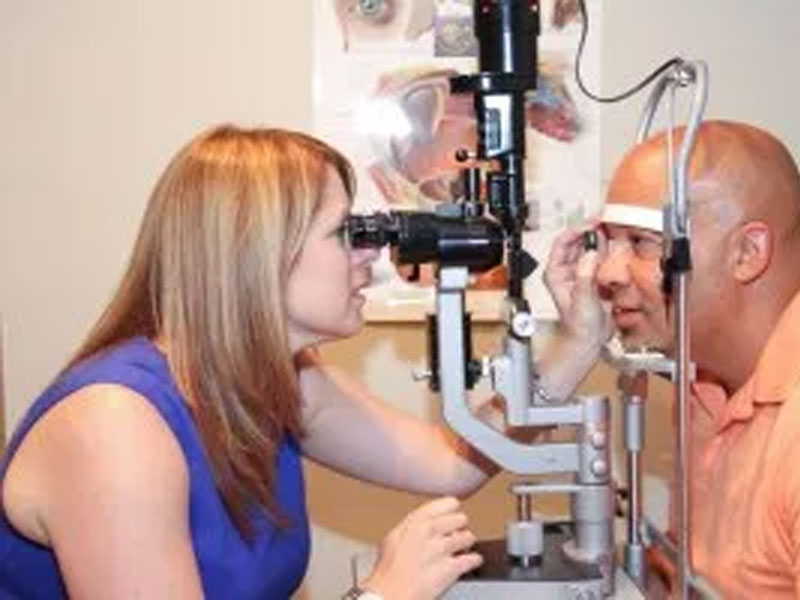
Insertion and Removal of Soft Contact Lenses
November 30, 2017
High Blood Pressure and the Eyes
November 30, 2017Proper care of your contact lenses is essential to ensure the health and comfort of your eyes. Contact lens care involves 3 steps: cleaning, rinsing and disinfecting. Your doctor may direct you to use one solution that can provide all 3 steps or you may use different solutions for each step. If you change solutions from those given to you with your lenses, contact your doctor first to be sure the solution will meet all of your care needs. Make sure all solutions are labeled for use with soft contact lenses.
SOLUTIONS
Multipurpose Solutions: As the name implies a multipurpose solution may be used for more than one step of the care process. These products offer the convenience of having one solution for everything and are generally less expensive to use. One drawback may be the cleaning capabilities of the solution. Because of the irritative properties of strong cleaners, these products may not clean the lens as well as a separate daily cleaner. They are best used for lenses that are disposed of on a 1-2 week basis where long term buildup of deposits on the contacts are not an issue.
It is also important to be sure what the solution is to be used for. Some multipurpose solutions may be only for cleaning and disinfecting, or for rinsing and disinfecting. These solutions require additional products to give complete contact lens care. The label on front of the bottle should state the care steps covered.
Single Use Solutions: These products provide a single aspect of contact lens care. They must be used in conjunction with other solutions to give full coverage. The purpose of each solution should be clearly marked on the container. A solution that is only marked for rinsing, such as saline, should not be used as a disinfecting or cleaning solution. These single use solutions are often prescribed by your doctor when additional effectiveness is needed or when comfort is an issue.
Hydrogen Peroxide Based Care Systems: Although used much less frequently than in the past, these solutions are often regarded as providing maximum disinfecting and cleaning effects. This care system is somewhat more involved and expensive than other methods. It is still commonly used with patients who have allergies or problems with deposit buildup on lenses.
CARE STEPS
Cleaning: In order to obtain maximum comfort of your lenses they must be cleaned on a daily basis to remove deposits from proteins and lipids in your tears. After removing the lens from the eye, place it in the palm of your hand and add 1 or 2 drops of cleaning solution to the lens surface. Gently, but firmly, rub the lens for 15 to 20 seconds in a circular motion using your index finger. Be careful not to touch the lens with your fingernail.
Rinsing: After cleaning or storage of your lenses they must be rinsed with fresh rinsing solution. Place the lens in the palm of the hand and cover the lens with rinsing solution. Gently rub the lens to remove all cleaner or disinfecting solution. Hold the lens between your index finger and thumb and rinse with a stream of solution.
Storage/Disinfecting: In order to prevent contamination of your lenses they must be disinfected after removal. After rinsing the lens, place it in a clean case filled with fresh disinfecting/storage solution. Most disinfecting solutions require overnight storage to be effective. If time is a problem, check with your doctor to see if another, faster acting solution, may be recommended. Always rinse your lenses with fresh rinsing solution after storage before inserting the lenses.
Rewetting Solutions: If your lenses feel dry or filmy while wearing them, you may insert 1-2 drops of a rewetting solution in the eye while your contacts are in place. Blink several times after solution insertion.
Other Solutions or Products: Depending on how clean and comfortable your lenses remain, your doctor may recommend the use of other solutions such as liquid or tablet enzymatic cleaners. These products may be used as a supplement in the care of your lenses. You will be given specific instruction on their usage if they are indicated for you.




